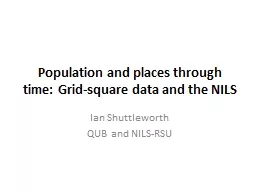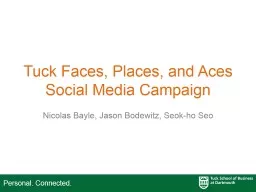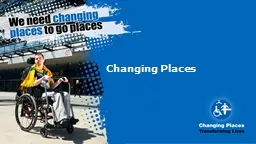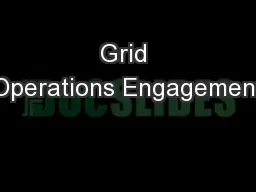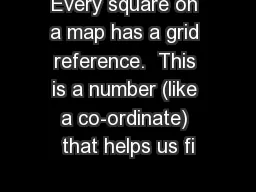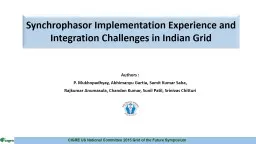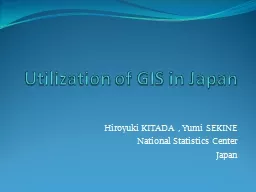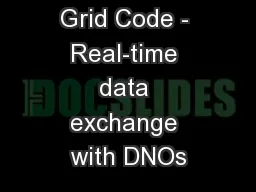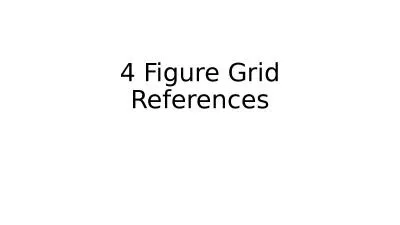PPT-Population and places through time: Grid-square data and th
Author : phoebe-click | Published Date : 2017-05-22
Ian Shuttleworth QUB and NILSRSU Outline What data resources are available to profile local communities How can change through time be mapped for small areas with
Presentation Embed Code
Download Presentation
Download Presentation The PPT/PDF document "Population and places through time: Grid..." is the property of its rightful owner. Permission is granted to download and print the materials on this website for personal, non-commercial use only, and to display it on your personal computer provided you do not modify the materials and that you retain all copyright notices contained in the materials. By downloading content from our website, you accept the terms of this agreement.
Population and places through time: Grid-square data and th: Transcript
Download Rules Of Document
"Population and places through time: Grid-square data and th"The content belongs to its owner. You may download and print it for personal use, without modification, and keep all copyright notices. By downloading, you agree to these terms.
Related Documents

